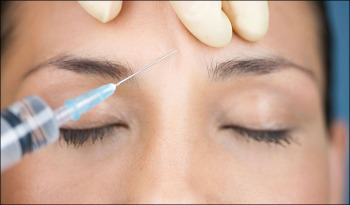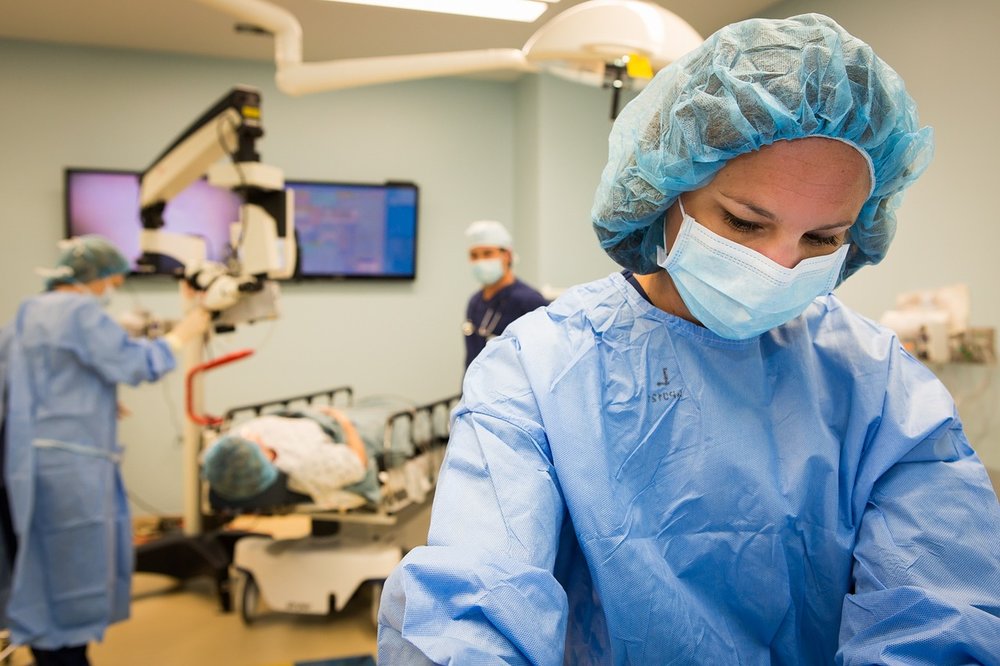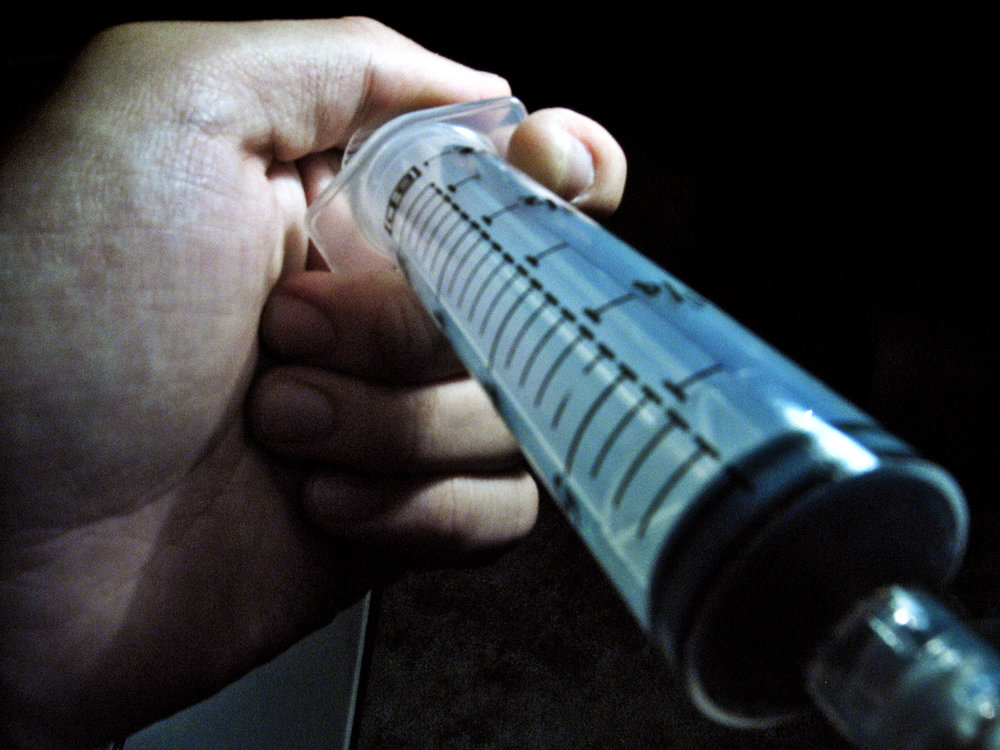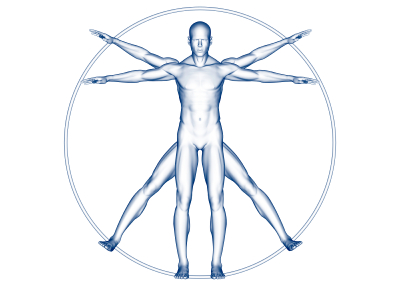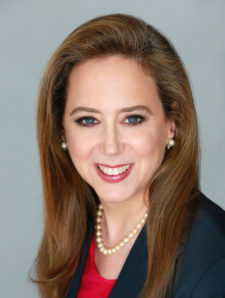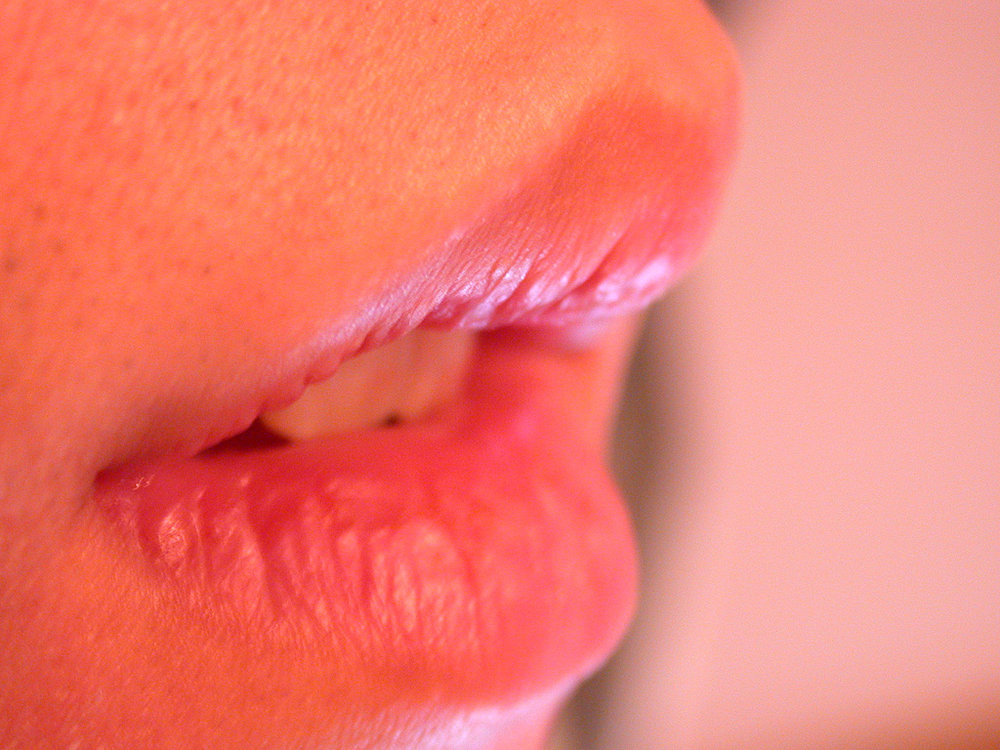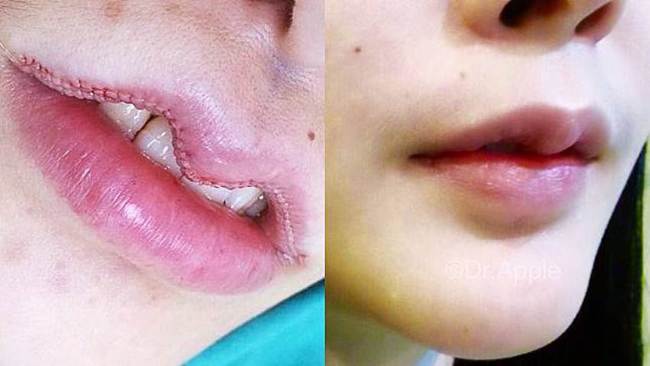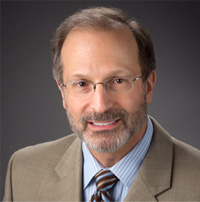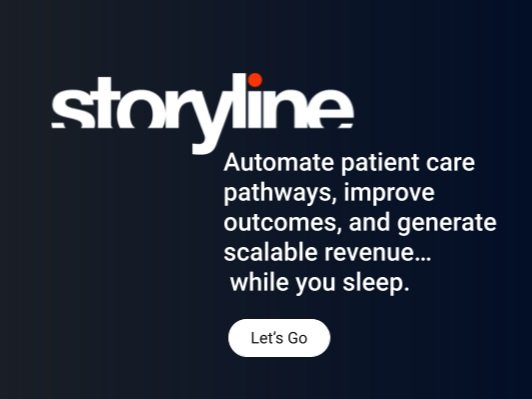High End Concierge Medicine For $80K A Year
/Concierge clinics in the US have been around for more than a decade, but there's a subset of concierge docs who aren't the ones you might be thinking of, these docs are at the highest of "high-end".
 The move in the US to population health and value based care may have thrown into question where much of healthcare may exactly end up, but there's much more clarity on where the highest-end concierge medicine already is; It's booming for those who have identified the market correctly.
The move in the US to population health and value based care may have thrown into question where much of healthcare may exactly end up, but there's much more clarity on where the highest-end concierge medicine already is; It's booming for those who have identified the market correctly.
Boutique concierge docs, clinics and even high-end hospital wards are caching in on Americans willingness to pay for high quality care and immediate access, and the stress reduction when there is an event. (I would argue that this reduction in stress knowing that you're going to have someone holding your hand is a primary motivator.)
From a NY Times article
There are rewards for the physicians themselves, of course. A successful internist in New York or San Francisco might earn $200,000 to $300,000 per year, according to Dr. Shlain, but Private Medical pays $500,000 to $700,000 annually for the right practitioner.
For patients, a limit of no more than 50 families per doctor eliminates the rushed questions and assembly-line pace of even the best primary care practices. House calls are an option for busy patients, and doctors will meet clients at their workplace or the airport if they are pressed for time...
... In most of these practices the annual fee covers the cost of visits, all tests and procedures in the office, house calls and just about anything else other than hospitalization, as well as personalized annual health plans and detailed quarterly goals for each patient.
Interestingly, the 'marketing' that is used to pitch these concierge services to clients is that of being an 'asset manager', with the asset being your familys health and peace of mind. (Expect to see this messaging in Medical Spa MD Mebers who are offering concierge services.)
While the money is good (for those who are successful) there are often some feelings that are in conflict with why many physicains entered medicine. After all, you're essentially limiting the 'total' amount of value you provide in order to make more money. Many concierge docs defend their decisions fervently, but for some it can cause an internal conflict.
It's a fair question: Where is the ethical line?
For some concierge docs it's a boundry they deal with by limiting prices.
Again fromt the Times article:
...the new approach does not sit so well with veteran practitioners like Dr. Henry Jones III, one of Silicon Valley’s original concierge doctors at the Palo Alto Medical Foundation’s Encina Practice. He charges $370 a month, a fraction of what newer entrants in the area like MD Squared and Private Medical do. “It’s priced so the average person in this ZIP code can afford it,” he said.
Dr. Steven Knope who was a pioneer in concierge medicine is not conflicted and says it's time to overthrow the "mandates of the bureaucrats of Medicare and the pack predators of teh HMO's, big insurance, and big government".
Concierge medicine is here to stay. It's proven to be both popular and profitable, but there are some areas where physicians tend to tread carefully. After all, success in this area is actually a business problem, one of branding, and if patients view you as being inauthentic or insencere, there are plenty of other docs down the road happy to take them.
Additional Reading:
- Posts on concierge medicine
- The Ethics of Concierge Medicine (Freelance MD)
- The Need For Concierge Medicine (Freelance MD)

